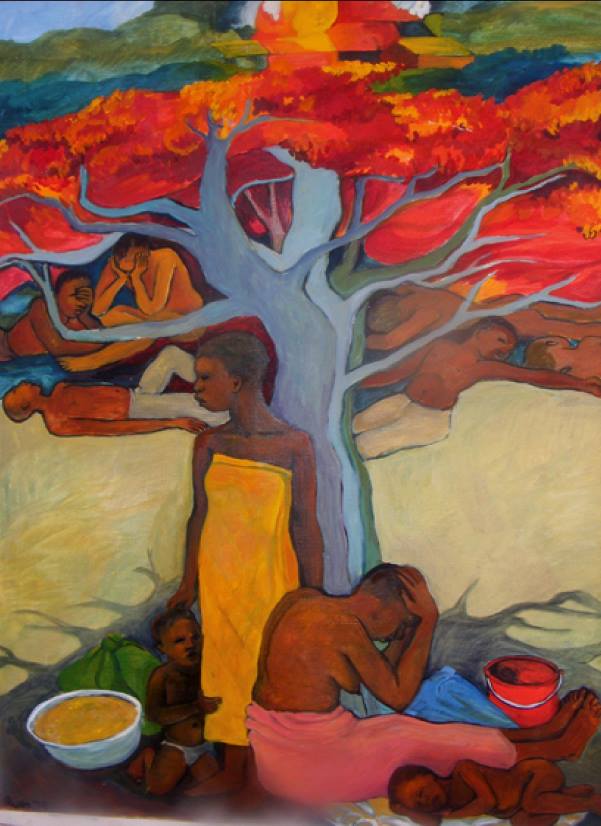
What made the Europeans:- the French, the British and the Germans and the rest so successful at building their empires? What made them so cruel in the execution of their power? Was it that thin epidermal layer that covered their bodies yet provided minimal pigmentation protection? Did their skin colouration make them evil? Did it make them successful? Technology and industrialisation propelled the Eempires of the European nations into world domination and power. They borrowed and adapted skills and knowledge developed in the Middle and the Far East using triangular sails and guns and gunpowder to conquer, kill and enslave. It seems that humans got better and better at doing it. Exploitation, cruelty, genocide and slavery are not new behaviour for humans and they are with us today,driven by the same human desires for power, domination and money.
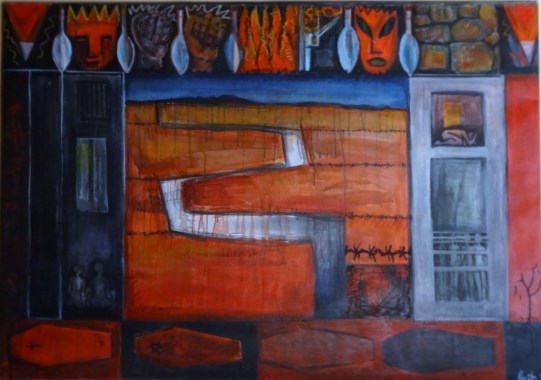
How to tell some people from some other people
There is one human race and everyone is equally endowed with the qualities that identify us as human. There is no black race, white race or mixed race, there are only human beings with a huge variety of different skin colours, physiognomies, ethnicities and social cultures. If it is absolutely necessary to talk about different appearances around skin colour it might be more accurate to use a similar code to the one we use for gender – LBGTQ+. If we thought that brown was some sort of median colour in the whole range of human skin, we could say B+-0 that is Brown Plus, Minus, or Zero. Would agreement be reached on the labels? Would racism still be around? Or is this really about power and privilege?
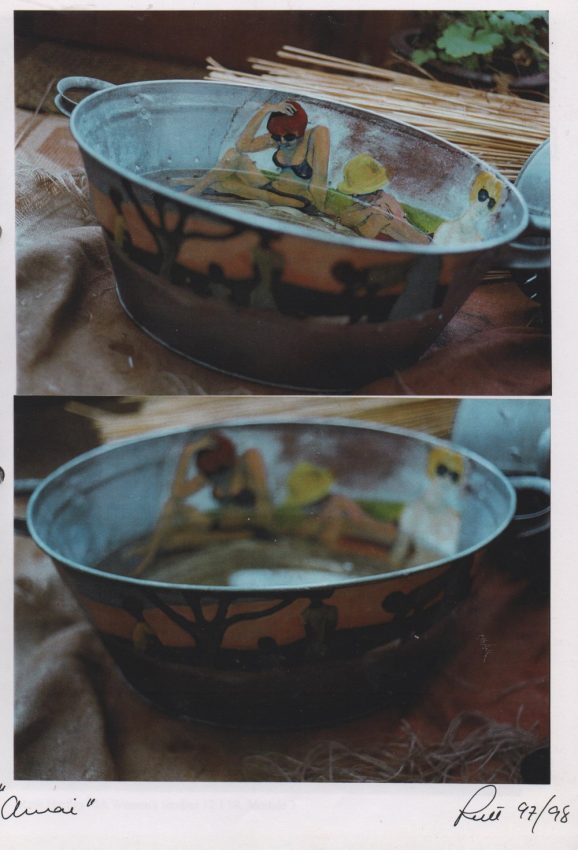
Racism for discriminating people
Humans are highly evolved discriminating beings and these abilities keep us alive. Distinguishing between people of different skin colours is relatively easy and, in some nations, contexts and relationships a lighter whiter skin, for example,signal dominance, power and supremacy while black skin signals the opposite. This state is no more fixed than language is. Humans also make judgements – not always correct – about differences in religion, education, class and even make guesses about political opinions, just by looking at another human. Discrimination is a necessary human trait that can be used in terrible ways. We need to look at the word-swords weaponised by racism and turn them into word-ploughs that change the way we think and behave. We need to write and to speak and to create through art a new future. Words are powerful. To quote from Professor John McWhorter’s article in Atlantic:– In the 1970s “Sexist replaced chauvinist around the same time racist did prejudiced, and for the same reason—potent terms need refreshment, especially when heavily used. This is why, more and more, (the term) white supremacy is easing out racism. It was only a matter of time, and dictionaries should be on notice”.
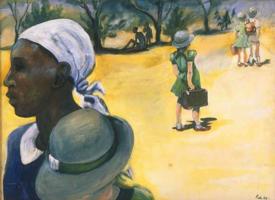
And then there is my place in all this
My last post was an account of my family history. In this post, I am trying to deal with a few of the complications of being born into a world of white privilege during the colonial era and the End of Empire. We all have prejudices – some we can justify – some we can’t – but to exercise prejudice against another human to their disadvantage is wrong. I grew up with racism and I benefited from it. I’m not alone in history in having to come to terms with this fact as human societies seem always to have divided up this way. It is shameful to live in a society that enshrines prejudice in law and in its institutions. Who can live with shame and not become numb? It can also be dangerous to oppose a government that keeps us superior and dominant. As a young person with ‘white privilege,’ I tried to learn from people labelled as ‘non-white’ about their lives. Ultimately, however, we can only see through our own eyes and by using our empathy and imagination. Changing the world and doing away with injustice has to be the work of every one of us.
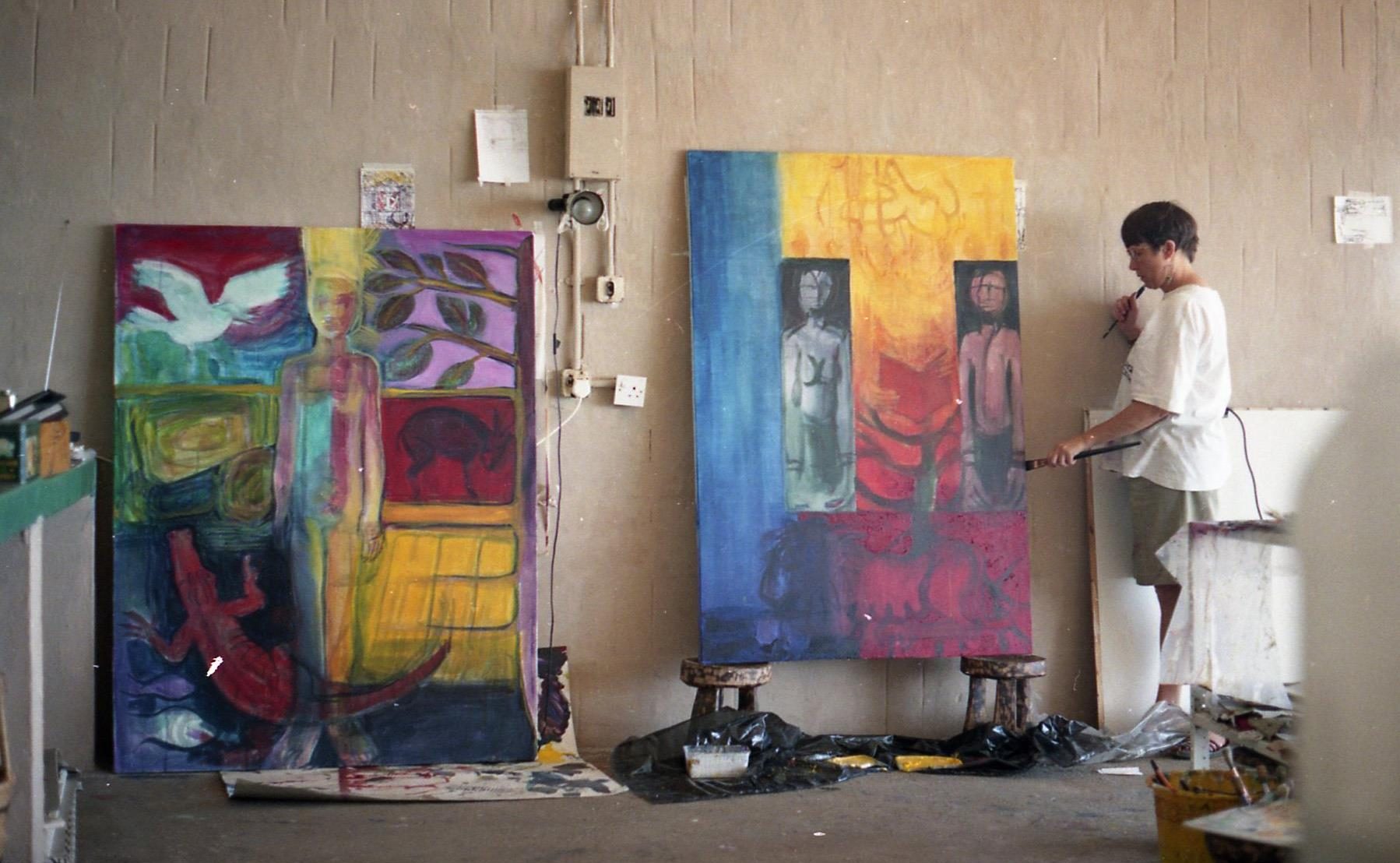
I choose to see my benefits and privileges as debts that need to be repaid but with that decision comes the realisation that there will never be an end to the work of ending racism to make us kind to our human kindred. I’ve written and made art on this subject, but with humility, because it’s not my blood on the page or my skin that in the game in the same way as it is for someone black. I won’t appropriate another’s suffering, but try to express my own confusion in a world where American police kill a child of 13 because of the colour of his skin.